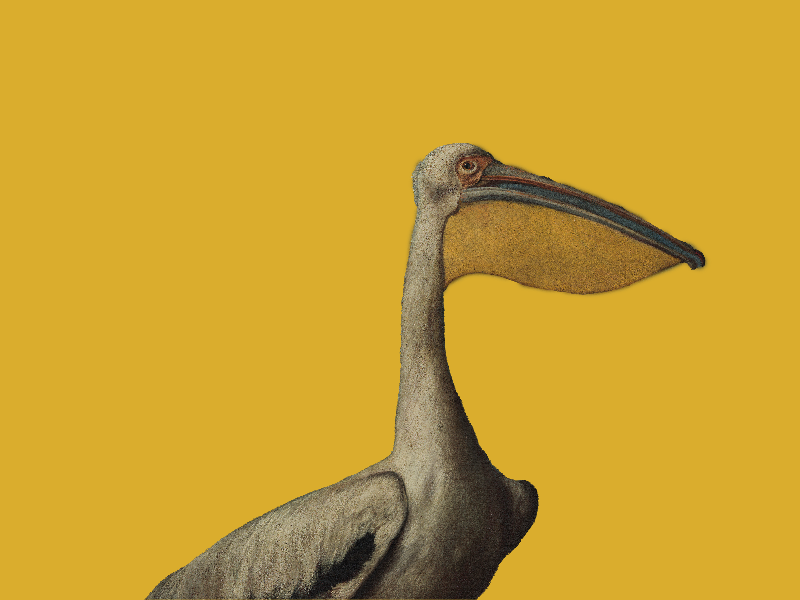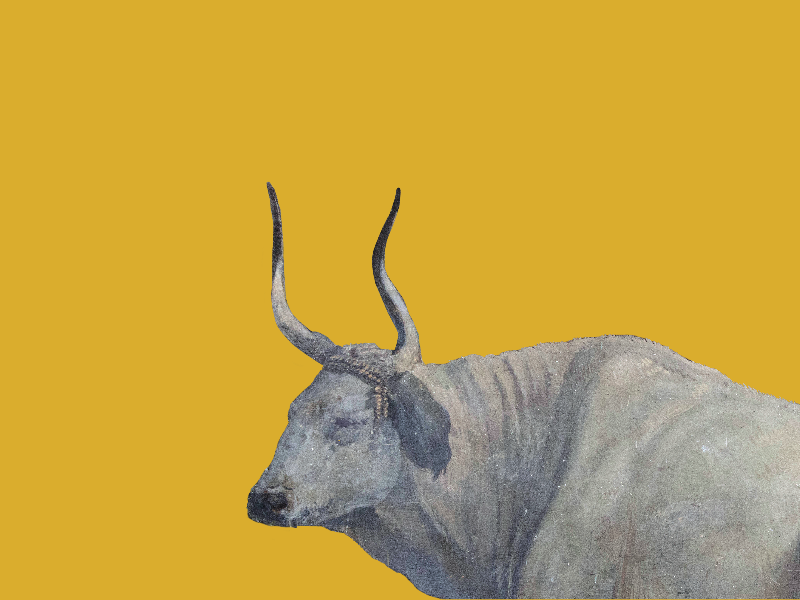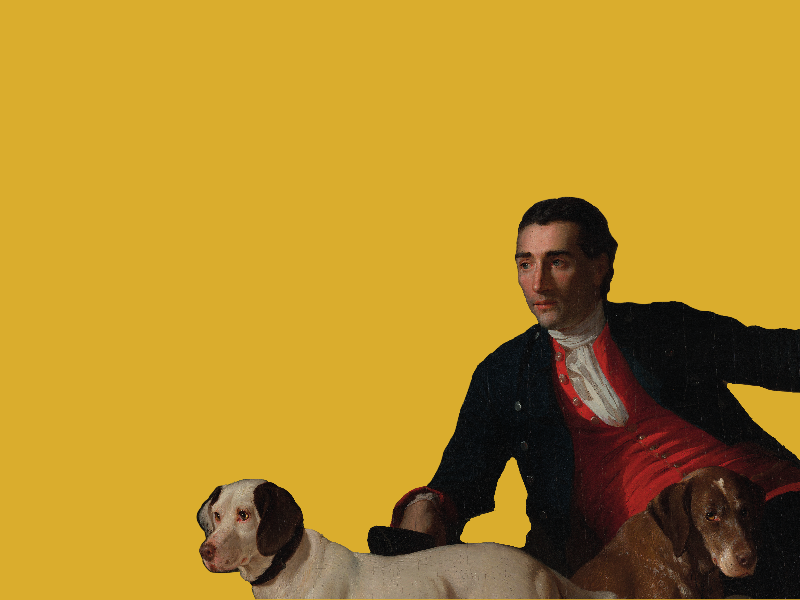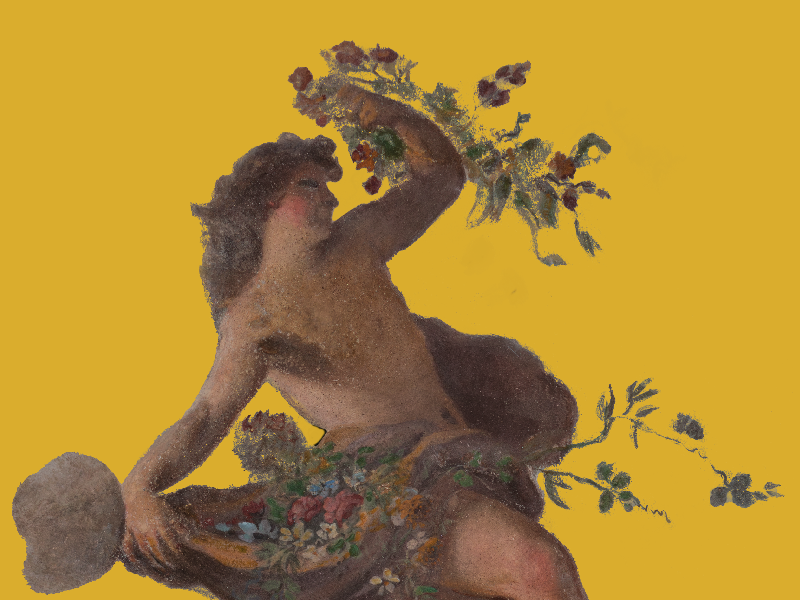Usiamo i cookie in questa webapp.
Alcuni di loro sono necessari per il corretto funzionamento del sito.

Welcome to the first room on the ‘piano nobile’ (noble floor), the West Entrance Hall, accessible via the monumental marble staircase on the western side of the Palace.
The room was heated by a fireplace and furnished with a square-shaped crystal lamp and a mahogany table with ten chairs of the same material, upholstered in green leather and embellished with brass studs.
The walls were painted in a shade similar to ‘straw yellow’ and decorated in chiaroscuro with

The architect Francesco Collecini placed the Boudoir, a four-roomed complex for private use in the English style, next to the bedroom.
Like the one in the Royal Palace of Caserta, it consists of a Dressing Room, a Retreat and two small toilets, i.e. small rooms for private use, generally found in every noble palace or apartment.
The Dressing Room had the walls painted in a “paonazzo” colour, a very

The Bedroom had valuable “au naturel” flower decorations and overdoors by Andrea Giusti depicting scenes of birds and other animals hunting.
This room was heated by a fireplace with a wooden firewall and precious andirons, both depicting hunting dogs biting a partridge and a rabbit, respectively.
The French furniture had been purchased at Maison Daguerre & Lignereux, which operated in France and England and ha

The Dining Room, adjacent to the Gallery, was adorned with green silk curtains and overdoors depicting hunting scenes, painted in monochrome and antique style by Carlo Brunelli.
On the walls of the room, the king had placed portraits of his best hunters, Gennaro Rossi and Domenico Salerno, together with his pedigree dogs. However, during the Savoy family’s reign, the original paintings were replaced with four paintings by Gaetano Cusati, titled: All

The Gallery, accessed from the entrance hall, was inspired by the Centaur’s Room in Villa Albani, the residence on the Salaria road of Cardinal Alessandro Albani, Rome's leading antiquarian.
On the ceiling, which reproduced the vault of heaven with the signs of the zodiac, there was a large fresco celebrating the House of Bourbon, protector of the arts and justice.
From 1788 onwards, the style of the “Casino” (Palace) was influenced by the desire